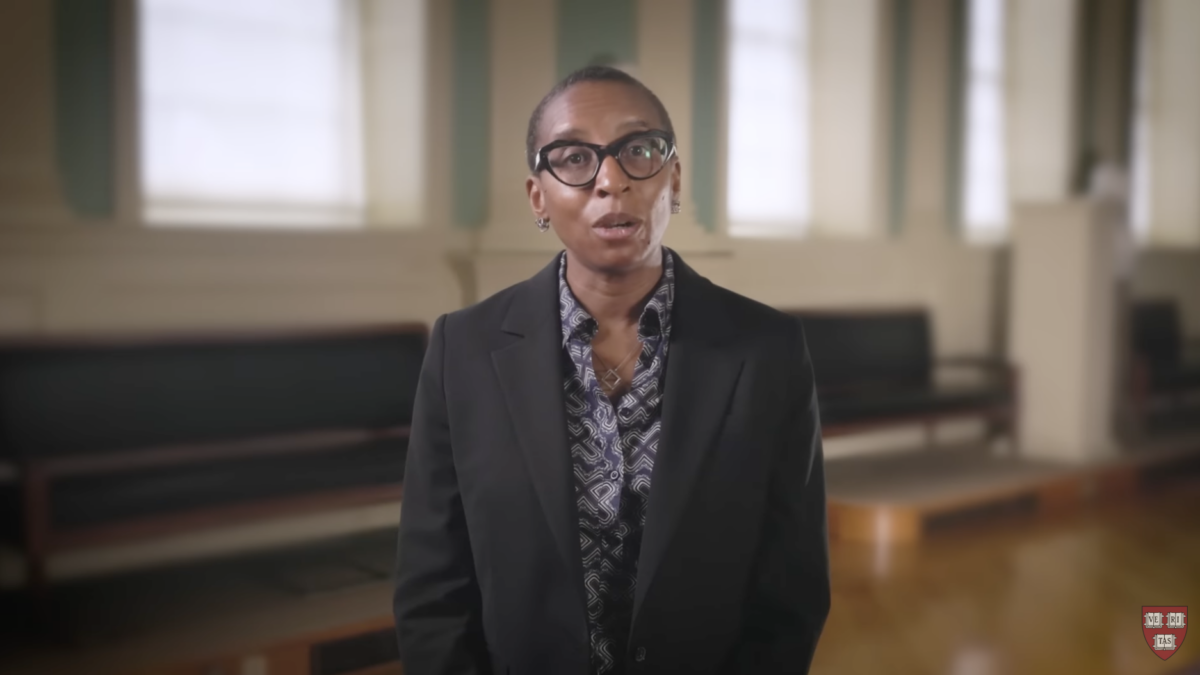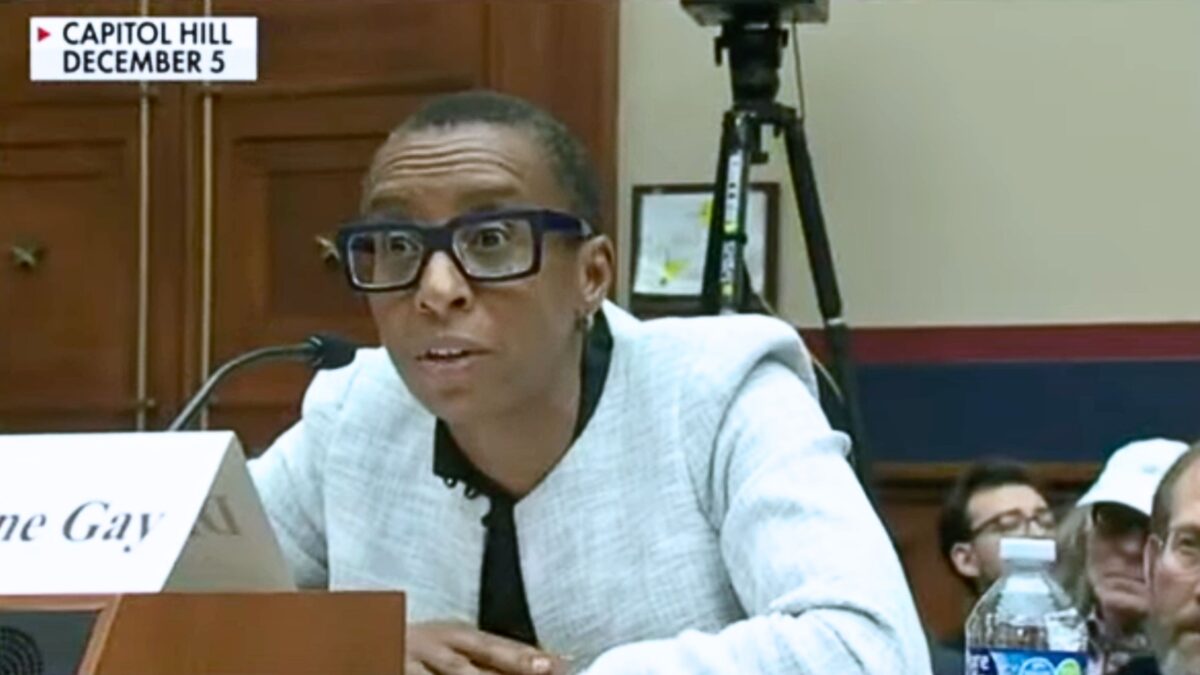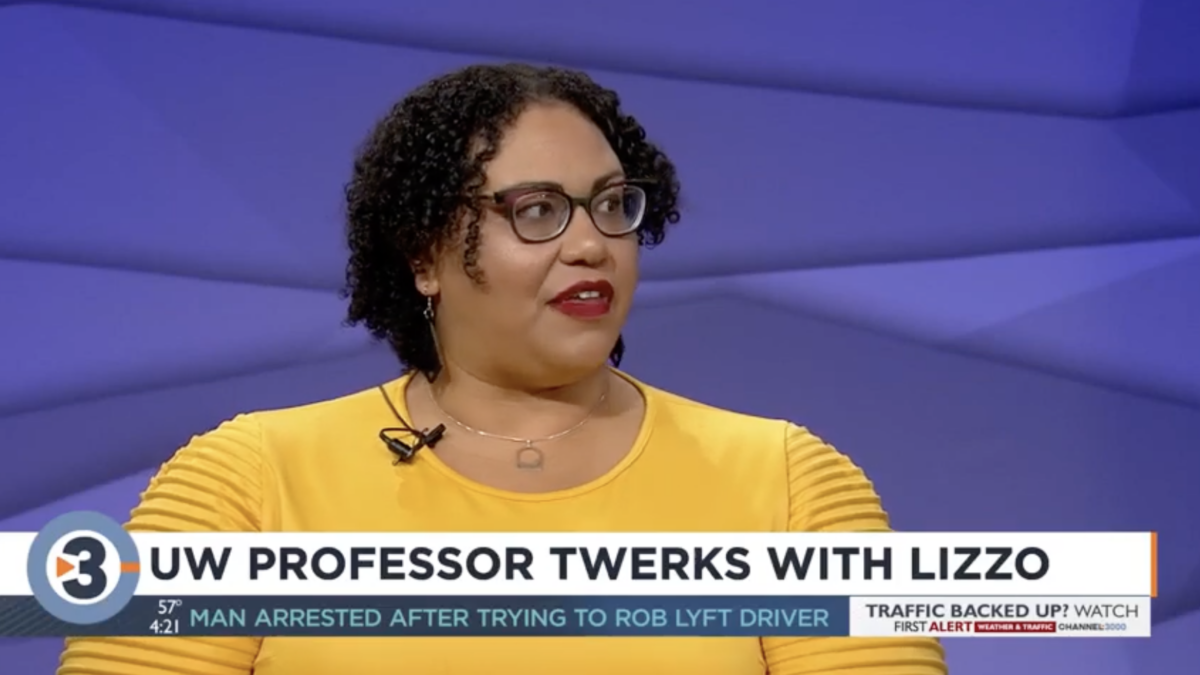
Catherine Lhamon’s road to confirmation was tumultuous at best. After a Senate committee failed to confirm her, Biden’s pick to lead the Office for Civil Rights in the Department of Education was narrowly confirmed in a 51-50 vote along party lines.
Lhamon’s difficulties are of her own making; during the Obama administration, she led the charge against students’ civil rights and due process. She authored the infamous 2011 “Dear Colleague Letter” that eviscerated due process on campuses, where (usually but not always male) students are routinely labeled sex offenders without so much as notice of the charges or a hearing with an opportunity to confront their accusers. This record is rightly presenting challenges for her nomination to a leadership role in civil rights governance.
Her disastrous record on campus civil rights presents another, perhaps unforeseen difficulty for Lhamon if she is confirmed. In a clear rebuke to Lhamon’s anti-civil rights mandates for college disciplinary proceedings, courts have effected a dramatic change in the Title IX case law since Lhamon left OCR in 2017. Perhaps the most consequential change in the law is the new and more lenient pleading standard for Title IX accused student plaintiffs: the “Purdue standard”, from a Seventh Circuit decision authored by then-Judge Amy Coney Barrett.
Under the pre-Purdue framework established by the Second Circuit in Yusuf v. Vassar College, an accused student could bring separate discrete claims under Title IX, including “erroneous outcome” and “selective enforcement.” These claims are sometimes difficult for students to bring because they impose burdens on plaintiffs to meet difficult extra-textual elements.
For example, a “selective enforcement” claim requires a male plaintiff to show that the university treated him differently than a similarly situated female student. (See, e.g., Mallory v. Ohio Univ.) Simply finding an accused female student at the same university is extremely difficult, let alone finding out enough information about the female student case to compare and contrast in a court of law.
The new standard in Doe v. Purdue Univ., by contrast, only requires plaintiffs to raise a “plausible inference” that the university discriminated against them on the basis of sex, looking at all of the allegations and evidence in the case. This standard tracks more closely with the simple words of the Title IX statute itself, which prohibits discrimination on the basis of sex in education without imposing particular elements for plaintiffs to meet. This standard is good law because it hews more closely to the language of the statute, and it is good Title IX policy because it more effectively polices sex discrimination on campus.
For these reasons, the Purdue standard has garnered wide support among federal appeals courts. Just two years after its inception, the Third, Fourth, Seventh, Eighth, Ninth, and Tenth Circuits have all adopted the standard. Every federal appeals court that has been asked to adopt Purdue has done so. This means a plurality of federal appeals courts and a majority of federal district courts now apply this standard just two years after its inception, an astonishingly rapid change in the law.
Nowhere is the effect of this change clearer than in the Tenth Circuit. Last year, the Tenth Circuit held in Doe v. Univ. of Denver that a university’s “railroading” of an accused student did not violate Title IX if the university only employed “anti-respondent bias” as opposed to “anti-male bias.” And yes, the university argued as a defense that it was biased against respondents in its disciplinary process.
Put another way, a plaintiff had to show on summary judgment that the university was not biased against him on the basis of his status as a respondent, but on the basis of his sex. This is extremely difficult because schools rarely come out and say that they unlawfully discriminate against males, and because the question of what kind of bias the school employed (anti-male or anti-respondent) is ultimately a credibility determination that must be reserved for a jury.
Fortunately for accused students, the Tenth Circuit recently came to this exact conclusion. In Doe v. Univ. of Denver, the Tenth Circuit adopted the Purdue standard and reframed it for summary judgment: “could a reasonable jury—presented with the facts alleged—find that sex was a motivating factor in the University’s disciplinary decision”?
The court further held that “it should be up to a jury to determine whether the school’s bias was based on a protected trait or merely a non-protected trait that breaks down across gender lines.” This effectively overruled Denver I and eliminated the university defense of “anti-respondent bias” on summary judgment, thereby transforming the Tenth Circuit from perhaps the most hostile circuit for accused student plaintiffs to the friendliest.
Given the speed at which federal circuit courts adopted the Purdue pleading standard and the textual considerations that led them there, it seems likely that other circuits will follow the Tenth Circuit’s lead in reframing the summary judgment standard accordingly. See Sheppard v. Visitors of Virginia State Univ: “[The Purdue] standard hews most closely to the text of Title IX… [and we] see no need to deviate from the text of Title IX.” If other circuits follow the Tenth Circuit’s lead, more students will get their day in real court after being forced through a Lhamon-inspired kangaroo court.
Lhamon’s stripping of students’ civil rights caused a tsunami of litigation that changed the game for accused students. Universities have been put on notice that if they continue to railroad accused students, they will literally be made to pay, and Lhamon therefore may have a difficult time convincing them to continue the railroading.








